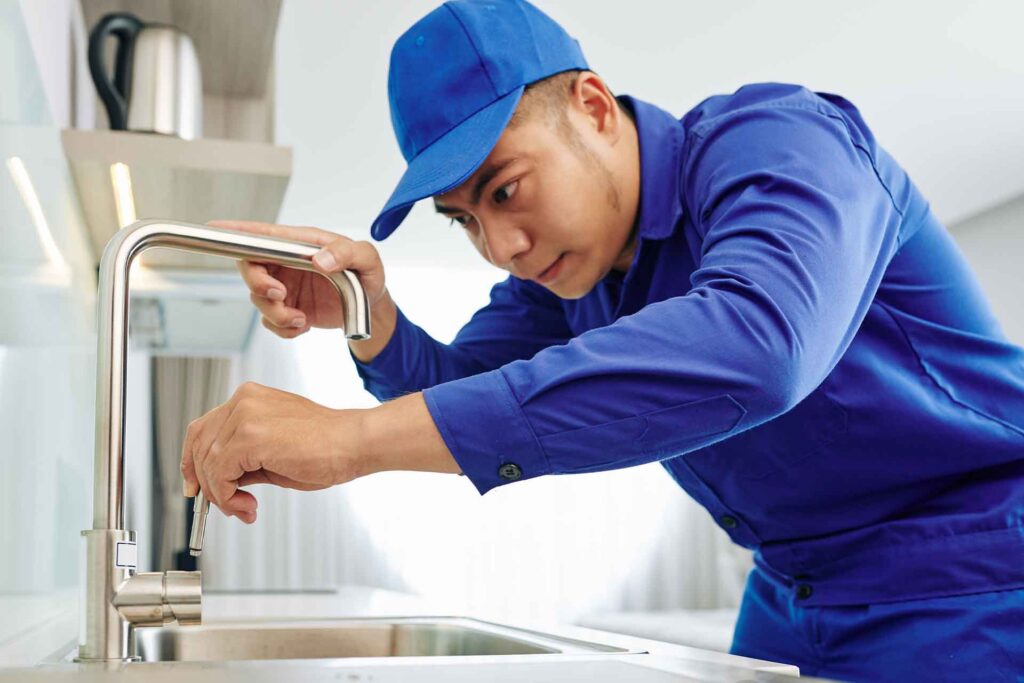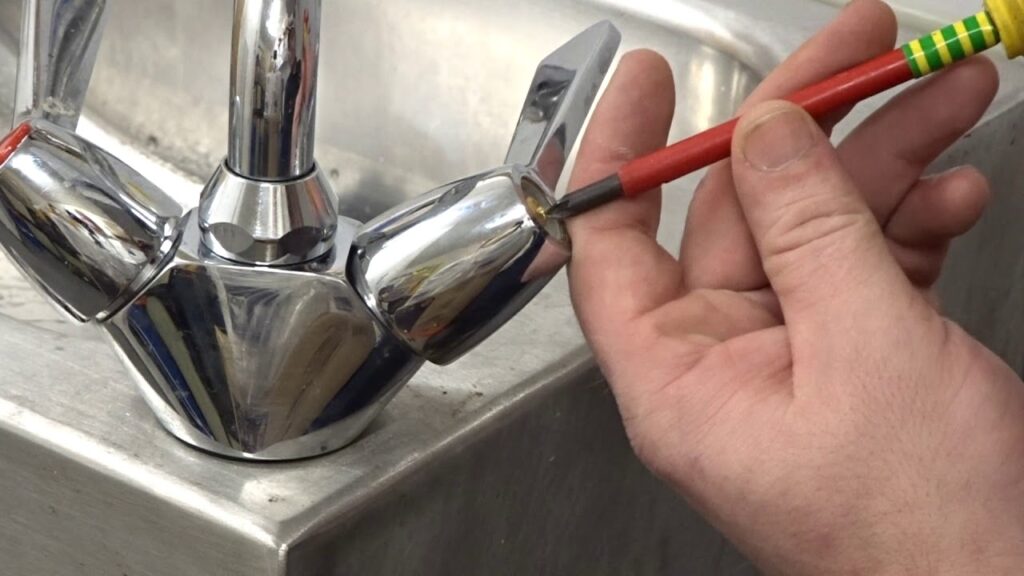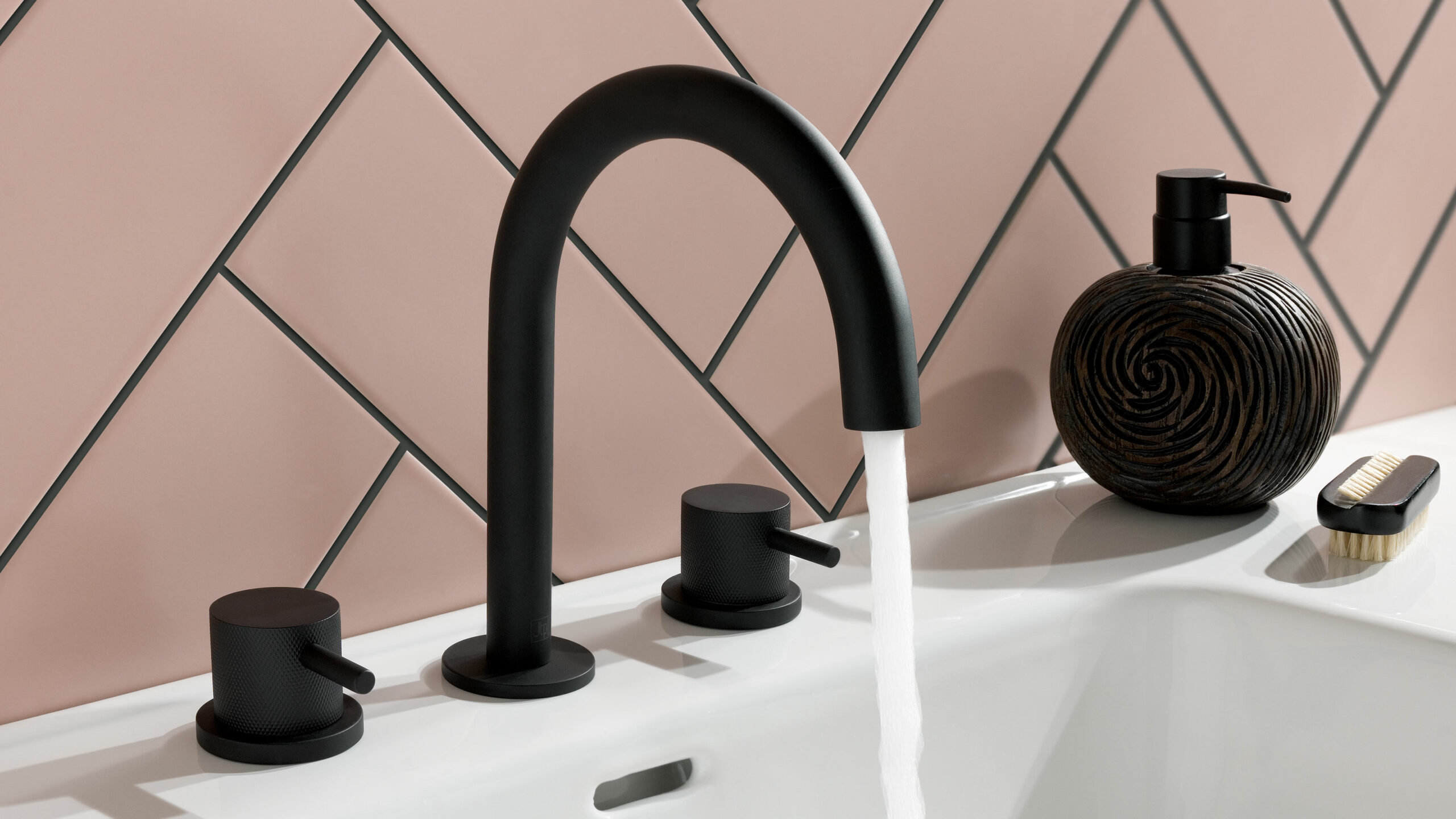Encountered tapware problems and their remedies
Numerous issues could occur when it comes to tapware, and we regularly receive a big quantity of questions on this topic. As a result, we’ve created a selection of our most often asked queries, together with some replies, to help you.
How did my faucets begin to drip or leak?
To ascertain why your faucets are leaking, you must first establish the sort of tapware faucet.
Hot and cold-water pillar faucets in the classic design
If your tapware faucets have separate hot and cold handles, the most typical explanation of leaking faucets is a malfunctioning seal or washer. If you transfer your seals and washers appropriately to a local repair shop or buy tapware online australia, you should be able to receive a replacement at a reasonable rate.

Faucet mixers
A leak in bathroom mixer tapware is generally caused by a malfunction with the tap’s ceramic cartridge. If you take the cartridge to a local plumber’s merchant, you should be able to purchase a new cartridge.
Is it complicated to change a faucet?
The simplicity with which tapware is installed varies by tap and location, but for the majority of do-it-yourself enthusiasts, replacing a faucet is a pretty easy process.
My faucets have been depressurized fully.
A decline in the pressure at your tapware faucets could be caused by a myriad of circumstances. While we’ve included some recommendations below, in this scenario, it’s better to consult a plumber who can examine the issue on-site.
Is your cold kitchen faucet operating properly?
Water frequently enters your home through the cold kitchen tapware faucet first; if water runs freely from this faucet but not from other faucets around the house, there may be an internal plumbing problem.

Do the emergency stop valves on your tapware totally open?
If the stop tapware valve is not totally open (which is frequently positioned beneath the kitchen sink), it may limit water supply to the house. Counterclockwise crank the faucet as far as possible to ensure that it is completely open.
Check for frozen pipes.
During the winter months, it is quite usual for exposed tapware pipes to freeze. This raises the chance of the pipes swelling and rupturing. Any visible pipes should be examined for evidence of damage or freezing.
Speak with your neighbours
Are your close neighbors reporting a decline in tap pressure as well? If this is the case, a fault with the exterior tapware’s water mains may occur, in which case you should contact your water provider or local council. Otherwise, a problem with your internal plumbing may occur.
Are you concurrently running several water systems?
If the demand for water in your house is excessively high at any point in time, this could have an effect on the pressure. Is your water pressure diminishing when you run the washing machine or shower? Conduct a tapware test by running the tap with all other sources turned off.

Conduct an inspection for the existence of an airlock.
Reduced water pressure may be caused by trapped air in the pipes of your tapware faucet. While there are various options for repairing an air lock in your taps, it is advisable that you consult a competent plumber.
Which approach is the most successful for eradicating limescale from faucets?
While there are various professional tapware cleaning methods that may efficiently remove ugly limescale from your faucets, lemon and vinegar are two easy and effective domestic components that may restore the shine to your faucets.
Attach a lemon or a cup of vinegar to the spout of your faucet and leave for about an hour (longer if the limescale is more resistant); this will help break down the limescale and make it easier to clean with a brush. Other portions of the tap may be addressed by soaking a cotton wool pad in vinegar or lemon juice and applying it to the afflicted spot. Learn more how to make your bathroom appear like a five-star hotel.
When planning a bathroom, kitchen, or other wet area building or renovation project, bear in mind that tapware selection is vital for each environment. Consider the following criteria when buying the tapware that best meets your needs.
1. The design of the room
Match the style of your tapware to the general dcor of the room. Sleek, crisp lines are necessary for modern and contemporary design. For an ultra-modern aesthetic, consider square or rectangular tapware with angular lines, while a traditional, rustic, or eclectic design may incorporate a variety of tapware types, such as the classic three-piece tapware with characteristic turned handles and curving spouts.
2. Tapware Construction Materials
It is crucial to use high-quality tapware, such as DR brass and non-toxic polymers and elastomers, and to have it correctly fitted. They must contain high-quality components such as the cartridge, the aerator, the hoses, and the rubber washers. Superior materials protect the safety of your drinking water, as well as the durability and longevity of your faucets and faucet accessories.
3. Tapware’s technical characteristics
Consider any special size demands prior to placing your purchase. When searching for kitchen faucets, for example, consider the spout height, reach (length), and swivel capabilities to ensure that tall stock pots and enormous oven pans do not become blocked. Additionally, you may wish to take into mind the size and depth of your kitchen sink to ensure that the two components are appropriately matched. Bear in mind that a deeper sink results in a higher spout. Apart from bench (hob) installation, you should research ‘off the wall’ or wall mounted solutions. The same concerns must be addressed when constructing toilets. Whether, for example, you have an above-mounted shaving cabinet with outward swinging doors, you should check if the height of the basin’s tapware is restricted, or if a wall-mounted mixer would be better suitable given the tabletop’s limited width.
4. Mounting Techniques
As discussed briefly previously, another issue is the mounting type of your tapware faucets and fixtures. While shower enclosures frequently need wall-mounted mixers, bathtubs may need either wall-mounted or hob-mounted mixers. Additionally, you may decide between a vanity-mounted mixer tap and a mixer combo (a combination of a mixer and a spout) positioned on the wall above the basin. Consider also the accessibility of pipe necessary for pre-installation behind the wall, regardless of whether in-wall or off-wall mixers are utilized.


